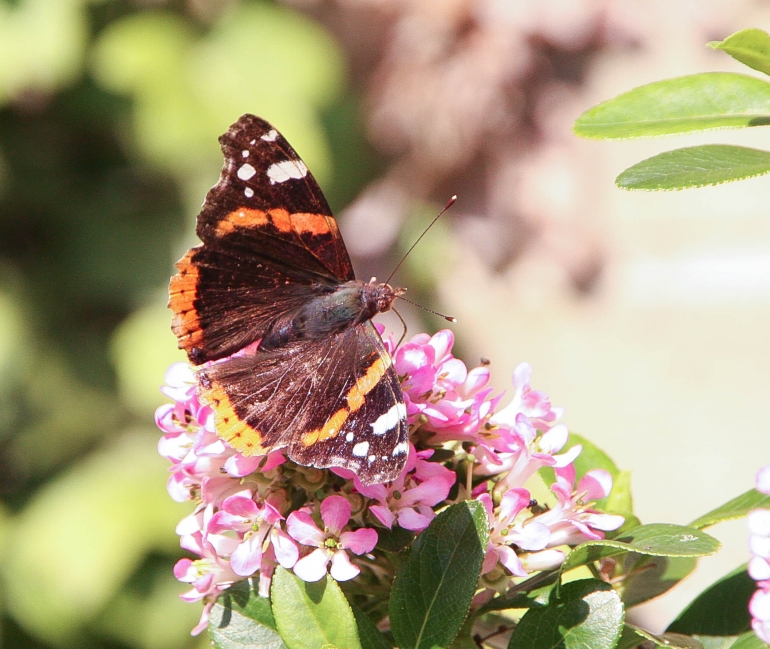RPA takes part in the big butterfly count

In the height of the summer heatwave, RPA employees ventured out to survey the abundant butterfly populations in the in the RPA grounds.
RPA is based in the heart of the Southern Norfolk broads and boasts beautiful gardens which attract all sorts of wildlife. The gardens have been expertly designed by director, Meg Postle and co-founder, Pete Floyd, to be in flower all year; much to the joy of insects and lunch-eaters alike.
This summer there seemed to be an abundance of butterflies in the RPA grounds, flitting between flowers and feeding hungrily on nectar. So, RPA staff decided to carry out a survey of the diversity and abundance of butterflies at RPA during the UK’s Big Butterfly Count.
The Big Butterfly Count, run by the charity Butterfly Conservation, aims to assess the health of the UK’s environment by using butterflies as biodiversity indicators. Butterflies react quickly to environmental change, acting as early warning indicators for other wildlife losses.
Staff counted and identified as many butterflies as they could at three sites for 15 minutes in the morning and afternoon of the 24th July. Despite temperatures reaching 32°C, 82 butterflies were recorded across the 3 sites, which comprised of 10 different species.
On average, participants of the Big Butterfly count would record around 16 individuals in each 15-minute count, meaning that some areas of RPA have a seemingly high number of butterflies (with 24 and 29 individuals being counted in 15 minutes). However, it was surprising that no painted lady butterflies were recorded, with 2019 being dubbed a “Painted Lady Year” due to their high abundance elsewhere.
Despite the abundance of butterflies observed in the RPA grounds, research by Butterfly Conservation reveals more than three-quarters of the UK’s butterflies and two-thirds of larger moths are in decline. Bearing this in mind, RPA staff will continue to monitor and help our local insect populations to assist conservation groups to identify population trends and help protect our surrounding wildlife from extinction.
